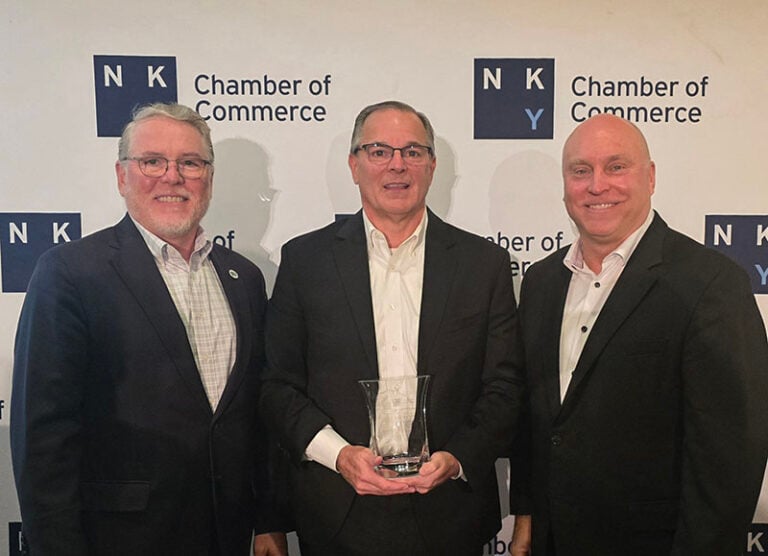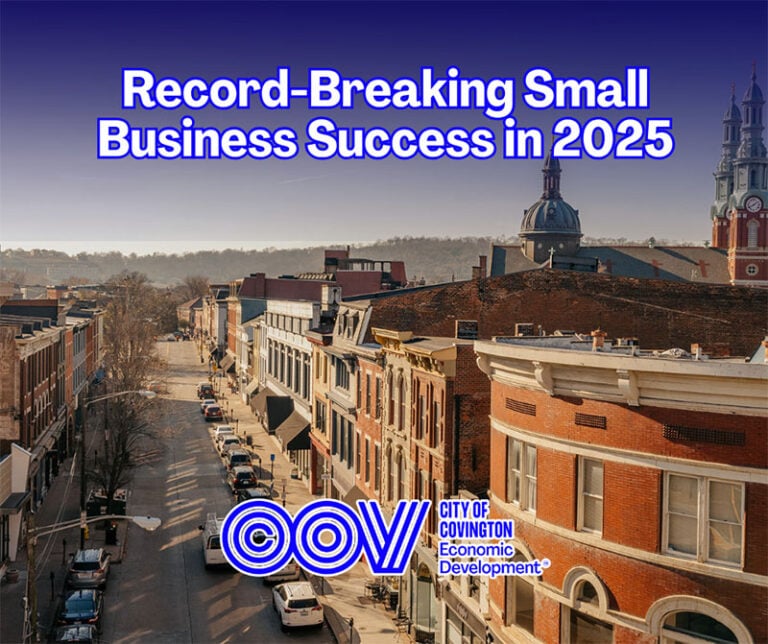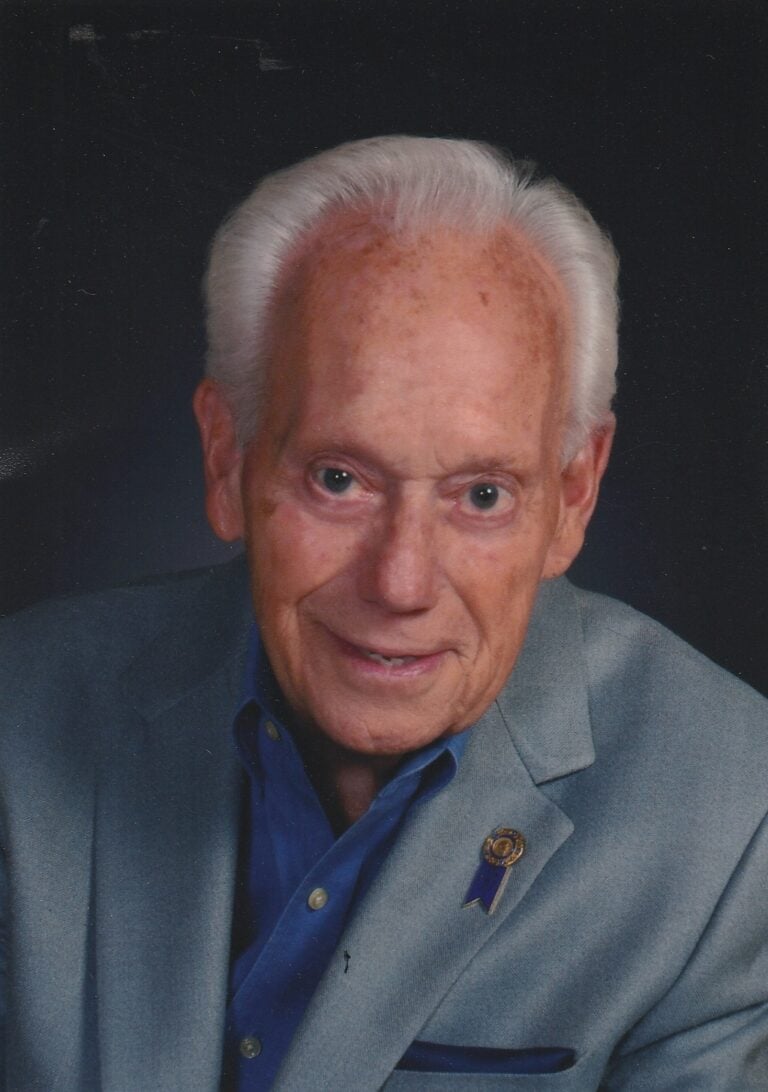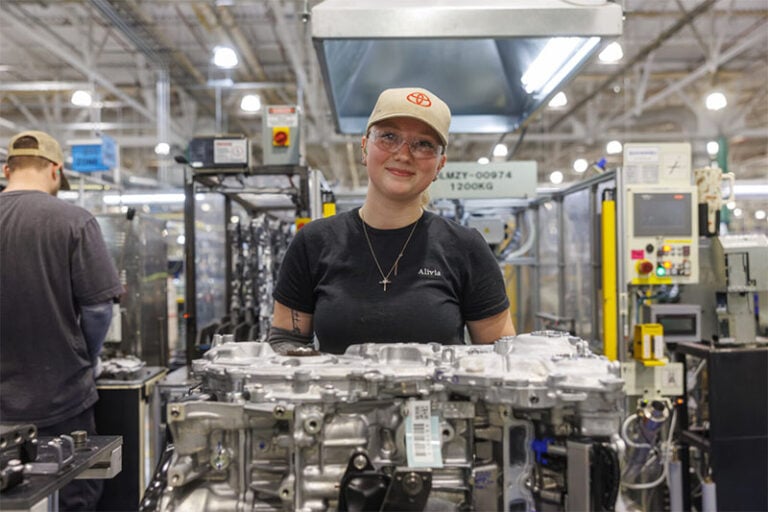Each week “resident riskologist” Keven Moore shines the light on America’s riskiest behaviors – from unsafe driving practices to workplace stress to common home accidents. And in the process, he provides the information needed to help people play it a little safer.
As a safety risk management professional tasked with keeping workplaces safe, I was intrigued to learn that some former professional wrestlers are suing the WWE over concussions. Talk about workplace hazards!

Most know that the “sport” of wrestling is fake. You could never tell that to my grandfather Bill Moore. He was a bright and successful man, but he had a fascination with professional wrestling, and insisted that it wasn’t entirely fake.
Most of the boys growing up in my neighborhood, including me, thought likewise. We would watch professional wrestling on TV after Saturday morning cartoons. And then the real “wrassling” would begin in the backyard. This, of course, was long before WWF, Wrestlmania, Hulkamania and pay-per-view, and when local legends ruled the sport: Von Brauner, The Intern, The Inferno, The Bounty Hunter, Tojo Yamamoto and Jerry Jarrett, Don and Al Green, Bobby Hart and Lorenzo Parente, and of course Jerry “The King” Lawler.
My first and only professional wrestling match was at the age of 10, when I was invited by a neighbor to go see my favorite Jerry Jarrett and Tojo Yamamoto take on whoever it was in the old Lexington Catholic High School gym.
Today, professional wrestling is still alive and well, and the WWF is now called the WWE. Women wrestlers are also on the scorecard. In Kentucky alone there are 22 wrestling events scheduled throughout in February – all being held in National Guard armories, YMCAs, fairgrounds, convention centers and American Legion posts.
When I caught WWE on television recently, it occurred to me that my grandfather was right, it’s not all fake. It may be the world’s most violent soap opera – carefully scripted, wrapped, choreographed and polished with all the theatrics – but it is not entirely fake.
The skill and the amount of training that it takes to rise to a level where this profession can pay the bills full time is far beyond many other professional sports. Wrestlers spend years perfecting their craft inside the ring and entertaining the audience at the same time.
But when “faking it” goes wrong, it can go terribly wrong. The effort to put on those matches takes a huge toll; after all, where else do you see 300- to 400-pound men flying through the air, colliding at great velocity? Many of these wrestlers are on the road more than 300 days a year and unlike other athletes, they do not have an off-season.
Several have sustained severe and career-ending injuries, and even some have even been paralyzed. Then there was the incident in Summerslam 1997 when Owen Hart delivered a “piledriver” move on Stone Cold Austin and he failed to tuck and the impact broke his neck leaving him temporary paralyzed of which he later recovered. Owen Hart died a couple of years later when he fell 78 feet out of a stunt harness into the ring.
The sport is regulated and governed by each individual state; in Kentucky it’s the Kentucky Boxing and Wrestling Authority. Its mission is to encourage the growth of professional boxing and wrestling in the Commonwealth, while protecting participants and spectators of the sports.
All these athletes perform at their own risk, as none of them are paid employees; instead, they are independent contractors. They don’t have benefits, pensions and health insurance, and in Kentucky the promoters aren’t even required by law to provide health costs for professional wrestlers in the event of an injury during a match. So if wrestlers take time off to heal their wounds, their wallets start to suffer significantly.
These factors often lead down a slippery slope. Many have become addicted to painkillers, making them too lethargic to wrestle. Then they take other drugs to improve their performance. This deadly mixture leads to illegal drug dependency that many wrestlers have to then cope with after they retire.
The draw of fame and money of reaching the pinnacle of the wrestling empire of the WWE keeps them coming back for more. But the business is merciless, brutal.
So a wrestler’s work environment does not always lead to a long life. Less than 25 years after the 1990 Wrestlemania VI one third of its 36 competitors had died including Andre the Giant and the main event winner, the Ultimate Warrior. All of these deaths had occurred before the age of 64. If professional sports had a death toll this great, there would be a congressional investigati, but because this is a “fake” sport, it goes unaddressed.
When you think about it, the wrestling industry has operated under some of the most unfair working conditions in the country as it relates to professional athletes. These athletes are called independent contractors with very little benefits, yet they have to sign an exclusive contract with their promoters where they are controlled and told where and when to perform if they want to continue to be paid. These are the very same poor working conditions that propelled the Teamsters and UAW unions into existence back in the early 20th century. Superstars like Roddy Piper, Bret Hart and Jesse Ventura have supported the idea of unionizing, but many wrestlers are afraid to ruffle feathers, difficult to get everyone on the same page.
The NFL, MBA, NHL and NBA all have players unions, and if there is ever a sport that needs to be unionized it would be professional wrestling. As a safety professional on the outside looking in, it appears today that the welfare of WWE wrestlers have improved dramatically in past couple of decades. The WWE has its own wellness policy which is administered independently by renowned medical professionals and includes cardiovascular testing, testing for brain function, substance abuse and drug testing, annual physicals, and health care referrals.
Chair-shots to the head have now been banned to reduce the likelihood of concussion, and several other life threatening moves have been banned. They even now pay for all ring-related injuries and associated rehabilitation if injured during the job.
But despite all the changes, several wrestlers including the likes of CM Punk, are still complaining and calling for a union to better protect their interests. Some claim that they still have to work while injured and that many of these new wrestlers have been brought up too quickly to build up the WWE stable, when in fact they are too inexperienced and causing others to become injured.
There still isn’t any type of standard for which new wrestlers graduate from when being trained in their craft. There still isn’t a true governing authority for the sport, to incorporate all the other regionally based affiliates and promoters in the industry. Looking beyond WWE and even TNA, there are thousands of independent wrestlers trying to make a living with very little protection.
So while much has been done, I suspect that much more needs to be done to better protect the safety and interest of all these athletes. If it costs the fans a few more dollars to watch, then this needs to occur. The Undertaker said it best for these athletes, “Sometimes it’s hell getting to heaven.”
Be safe, my friends.
 Keven Moore is director of Risk Management Services for Roeding Insurance (www.roedinginsurance.com). He has a bachelor’s degree from University of Kentucky, a master’s from Eastern Kentucky University and 25-plus years of experience in the safety and insurance profession. He lives in Lexington with his family and works out of both the Lexington and Northern Kentucky offices. Keven can be reached at kmoore@roeding.com.
Keven Moore is director of Risk Management Services for Roeding Insurance (www.roedinginsurance.com). He has a bachelor’s degree from University of Kentucky, a master’s from Eastern Kentucky University and 25-plus years of experience in the safety and insurance profession. He lives in Lexington with his family and works out of both the Lexington and Northern Kentucky offices. Keven can be reached at kmoore@roeding.com.
Click here to read more columns from Keven Moore.





















